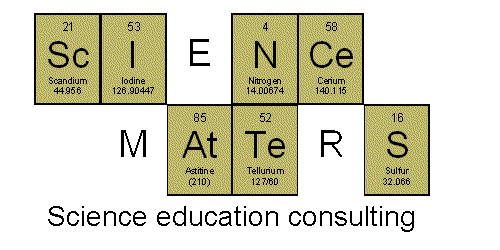Tops & Bottoms is a cute story of a bear and a hare. Bear is lazy and finds hare's offer to share the harvest of his garden with him a good deal. When deciding how to split the harvest, hare asks bear if he prefers "tops or bottoms". Bear chooses the tops, and is quite dismayed when hare's half of the harvest yields carrots, radishes, and beets while his half is a pile green stems and leaves. The silliness continues for two more harvest seasons. Will bear get some food out of this deal by the end?
is a cute story of a bear and a hare. Bear is lazy and finds hare's offer to share the harvest of his garden with him a good deal. When deciding how to split the harvest, hare asks bear if he prefers "tops or bottoms". Bear chooses the tops, and is quite dismayed when hare's half of the harvest yields carrots, radishes, and beets while his half is a pile green stems and leaves. The silliness continues for two more harvest seasons. Will bear get some food out of this deal by the end?
It's a fun story that points out the different parts of plants that we eat. Challenge your students to plan a meal that includes the following plant parts:
- Root
- Stem
- Leaf
- Flower
- Fruit
- Seed
Or, if you're feeling ambitious, you can assign each student to bring in one item and you can have a lunchtime plant salad bar, in which students have to build and eat a salad that contains all of the plant parts.
Here are some items that could be used for each of the plant parts.
Roots
beet
carrot
radish
Stems
celery
potato (tubers are considered a modified stem, not a root)
onions (bulbs are considered a modified stem, not a root)
potato (tubers are considered a modified stem, not a root)
onions (bulbs are considered a modified stem, not a root)
paper plates and napkins (for serving)
Leaves
lettuce
spinach
Flower
artichoke heart
broccoli (this could also count in the stem category)
broccoli (this could also count in the stem category)
edible flowers
Seeds
sunflower seeds
lima beans
corn
soybean (edamame)
peas
Fruit (these are broken down by different classifications of fruit, as might be discussed with older students, with younger students you'd just stick with "fruit")
pepo - cucumber, pumpkin, melon
drupe - peach, olive, cherry
berry - tomato, grape
pome - apple, pear
pome - apple, pear
Others (if you're interested)
ferns - fiddleheads
gymnosperms - pine nuts
sprouts - bean sprouts, alfalfa sprouts
grasses - rice, wheat, oats

What a great idea!
ReplyDelete